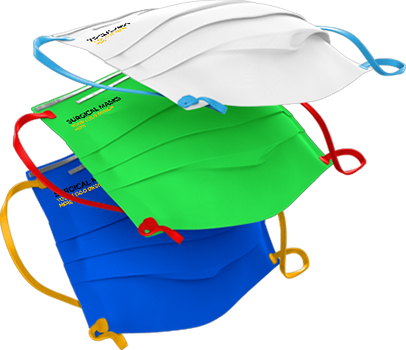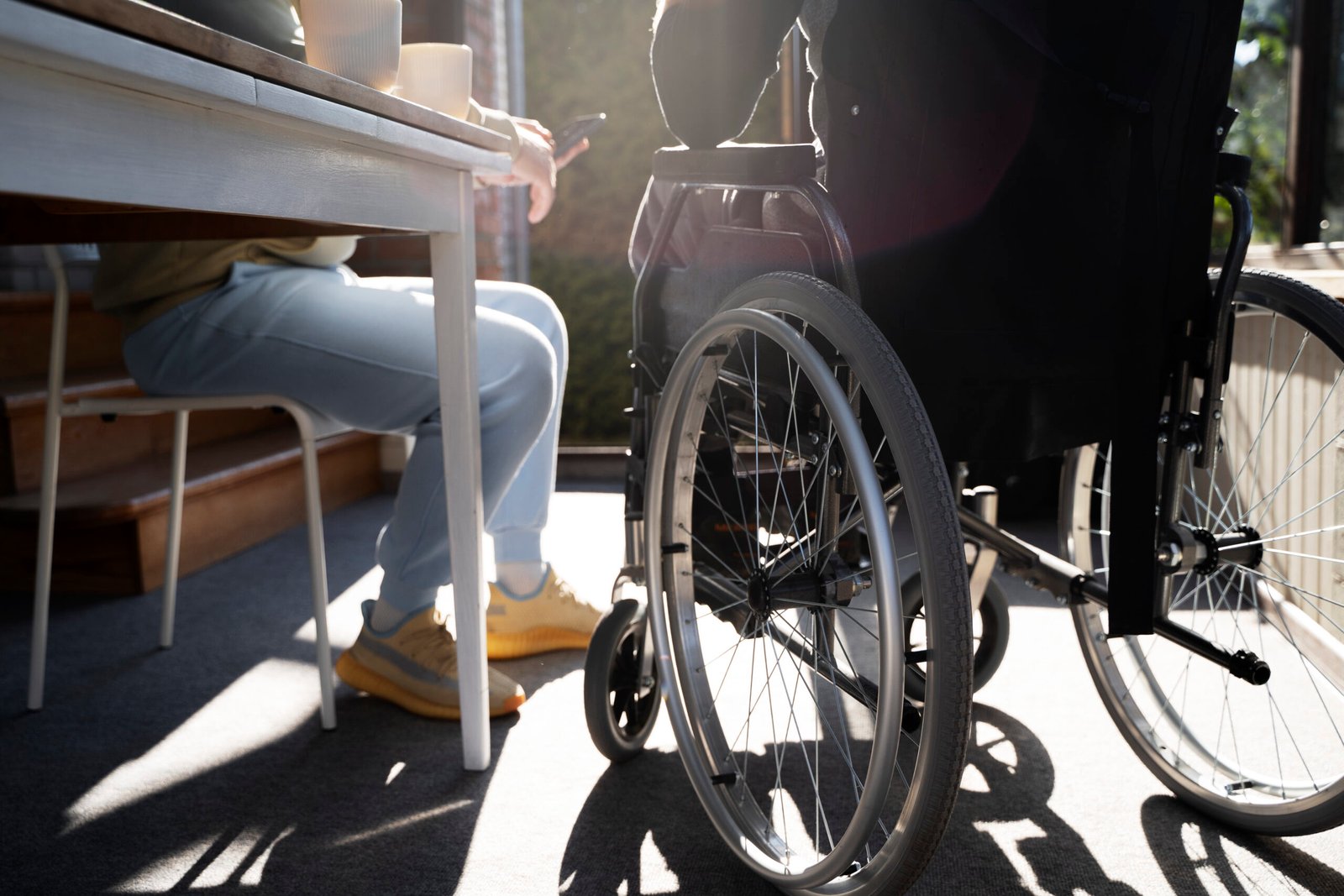How to Prevent Falls and Improve Mobility at Home
Falls are a significant concern for individuals of all ages, particularly for older adults or those with mobility impairments. According to the Centers for Disease Control and Prevention (CDC), one in four older adults will fall each year, and many of these falls occur in the home. Fortunately, with the right strategies and tools, you can minimize the risk of falls and improve mobility at home. Here is how you can take proactive steps to ensure safety and enhance movement in your home.
Mobility aids like grab bars, walkers, and canes aren’t just accessories—they’re essential tools for maintaining independence and safety.
1. Create a Fall-Proof Environment
The first step to prevent falls is to make your home as safe as possible. Identify any hazards that could lead to trips and falls and take corrective action. Here are some tips for creating a fall-proof environment:
- Remove Clutter: Ensure that walkways, hallways, and living spaces are free from obstacles like rugs, cords, or scattered items. Keep furniture in place and avoid any items that might impede movement.
- Secure Rugs: Use non-slip rug pads or remove rugs entirely. If rugs must remain, ensure they are firmly secured to the floor to prevent sliding.
- Improve Lighting: Brighten up dark corners and hallways with adequate lighting. Install night lights in bedrooms, bathrooms, and stairways to guide movement during the night.
- Ensure Clear Pathways: Keep stairs and hallways well-lit and free from clutter. Use handrails on both sides of the stairs for added security.
2. Install Mobility Aids
Mobility aids are essential for preventing falls and promoting safer movement at home. Many types of equipment can help improve balance and mobility, including:
- Grab Bars: Installing grab bars in key areas like bathrooms and along stairways can help provide stability when moving from one place to another.
- Shower Chairs and Raised Toilet Seats: These products help maintain balance and reduce the risk of slipping while bathing or using the toilet.
- Walkers and Canes: If you or a loved one has difficulty walking, using a walker or cane can significantly improve mobility. Ensure the device is properly adjusted for comfort and safety.
3. Strengthen Your Body with Exercise
One of the most effective ways to prevent falls and improve mobility is by focusing on physical strength, balance, and flexibility. Regular exercise can reduce the risk of falls by improving coordination and muscle strength. Here are a few exercises that can help:
- Balance Exercises: Activities like standing on one leg or using a balance board can help improve coordination and stability.
- Strength Training: Light weightlifting, resistance bands, and bodyweight exercises (like squats and lungs) can help strengthen the muscles in your legs and core, which are critical for maintaining balance.
- Stretching: Stretching helps improve flexibility, which in turn reduces the risk of strains and falls. Focus on stretches that target the hips, legs, and back to enhance mobility.
4. Wear Proper Footwear
Your choice of footwear plays a huge role in preventing falls. Avoid wearing shoes with slippery soles or high heels, as these increase the likelihood of losing balance. opt for shoes with:
- Non-slip Soles: Look for shoes with rubber soles that offer good traction, reducing the risk of slipping.
- Support: Ensure the shoes provide ample support for the arches and heels, especially if you have any foot or mobility issues.
- Comfortable Fit: Shoes should fit well and provide ample room for toes, reducing the chance of tripping over ill-fitting footwear.
5. Use Assistive Technology and Smart Devices
Technology can help improve safety and mobility at home. Several assistive devices and smart technologies are available to prevent falls and monitor your movements:
- Fall Detection Devices: Wearable fall detection devices, such as personal alarms or smartwatches, can notify loved ones or emergency services if a fall occurs.
- Smart Home Devices: Install voice-activated assistants like Amazon Alexa or Google Assistant to control lights, adjust thermostats, or make emergency calls without having to move around too much.
- Motion Sensors: Smart motion sensors can help you avoid falls by detecting your presence and automatically turning on lights or activating other safety measures.
6. Regularly Review and Adjust Medications
Certain medications can increase the risk of falls by causing dizziness, confusion, or muscle weakness. Speak with your healthcare provider regularly about the side effects of the medications you or your loved ones are taking and ask about alternatives that might be safer. You can also explore the possibility of adjusting dosages to help maintain steady balance and mobility.
7. Schedule Regular Vision and Health Checkups
Poor vision is a leading cause of falls, so it is important to schedule regular eye exams. Vision impairments, such as cataracts or glaucoma, can make it more difficult to navigate your surroundings. In addition to vision care, it is essential to have regular health checkups to monitor conditions like osteoporosis, arthritis, or neurological issues that may affect mobility.
8. Educate Caregivers and Family Members
If you or a loved one requires assistance at home, it is essential to involve caregivers and family members in fall prevention efforts. Ensure they understand how to help move safely, recognize potential risks, and use mobility aids effectively.
Conclusion: Prevent Falls and Improve Mobility for a Safer Home
Preventing falls and improving mobility at home is a crucial aspect of maintaining independence, especially as we age. By following these proactive steps, such as creating a safe environment, using mobility aids, exercising regularly, wearing the right footwear, and employing assistive technology, you can significantly reduce the risk of falls and enhance movement within the home. If you are unsure where to start, consult with a healthcare professional to personalize a fall prevention plan tailored to your needs.
Making these adjustments not only helps keep you safe but also promotes a higher quality of life, allowing you to live independently and confidently in your home.






One thought on “How to Prevent Falls and Improve Mobility at Home”
John Doe
October 15, 2020Lorem ipsum dolor sit amet, consectetur adipisicing elit, sed do eiusmod tempor incididunt ut labore et dolore magna aliqua. Ut enim ad minim veniam, quis nostrud exercitation ullamco laboris nisi ut aliquip ex ea commodo consequat.